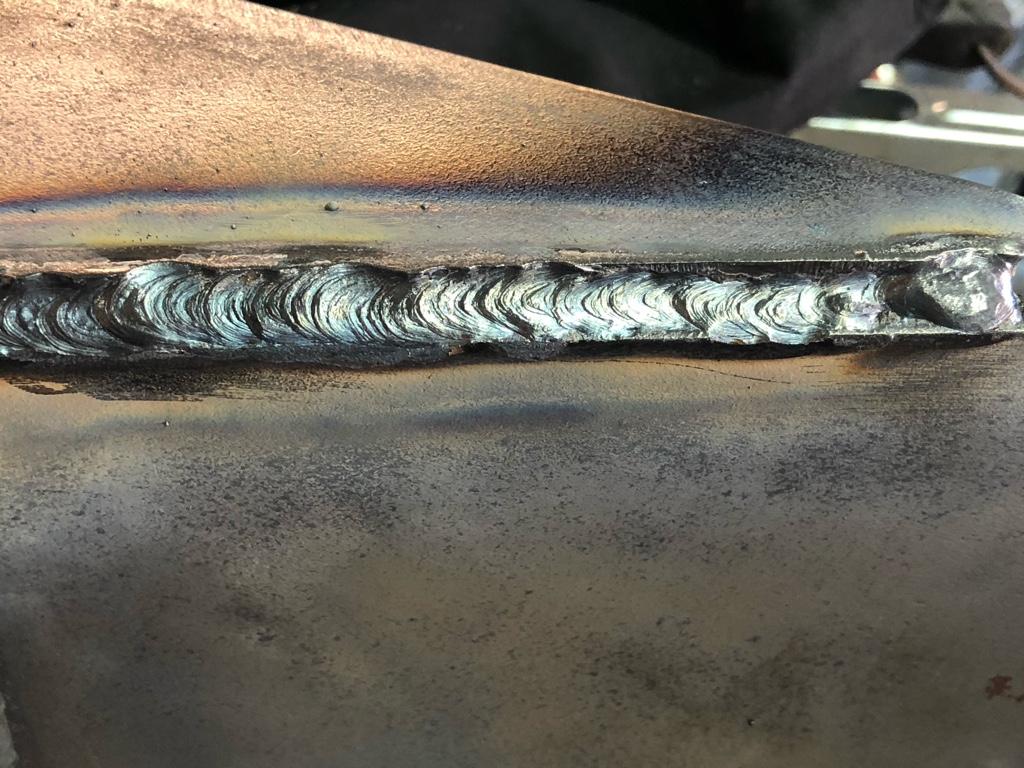Grasping the Art of Welding: Exactly How to Stay Clear Of Undercut Welding Issues for Flawless Manufacture Results
Performance and accuracy are critical in the world of welding, where also the slightest blemish can compromise the structural stability of a made piece. One usual challenge that welders face is undercutting, a defect that can lead and deteriorate a weld joint to pricey rework. By recognizing the source of undercut welding and executing reliable strategies to stop it, welders can raise their craft to new degrees of quality (Preventing weld undercut). In the quest of remarkable manufacture outcomes, understanding the art of welding to avoid undercut concerns is not just a skill however a requirement for those striving for perfection in their work.
Recognizing Undercut Welding

To avoid undercut welding, welders need to make sure appropriate welding parameters, such as readjusting the current, voltage, traveling speed, and preserving the appropriate electrode angle. By recognizing the causes of undercut welding and carrying out preventative steps, welders can attain top notch, structurally sound welds.
Root Causes Of Undercut in Welding
Understanding the elements that add to undercut in welding is vital for welders to generate premium, structurally sound welds. Damaging takes place when the weld steel does not correctly fill the groove developed between the base steel and the previously transferred weld steel. Numerous variables can bring about undercut in welding. One common reason is too much warm input. Welding at high temperatures for extended durations can lead to the base metal melting even more than preferred, causing damage. Inadequate welding existing or inaccurate welding speed can also add to damage. Insufficient current might not give sufficient warmth to thaw the base and filler metals properly, while too much speed can avoid correct combination, creating undercut. Furthermore, improper electrode angles or inaccurate lantern adjustment methods can develop locations of reduced weld metal deposition, promoting undercut. Recognizing these causes and implementing appropriate welding methods can aid prevent undercutting problems, guaranteeing durable and solid welds.
Techniques to avoid Undercutting

To reduce the danger of damaging in welding, welders can utilize tactical welding techniques aimed at improving the quality and integrity of the weld joints. Additionally, utilizing the proper welding method for the specific joint configuration, such as weave or stringer beads, can contribute to lowering damaging.
Using back-step welding strategies and managing the weld grain profile can additionally help disperse warmth uniformly and decrease the danger of undercut. Routine inspection of the weld joint throughout and after welding, as well as implementing high quality guarantee steps, can assist in discovering and addressing undercutting concerns promptly.
Significance of Appropriate Welding Parameters
Selecting and preserving proper welding criteria is vital for accomplishing effective welds with minimal problems. Welding specifications describe variables such as voltage, existing, travel speed, electrode angle, and securing gas circulation price that directly impact the welding procedure. These criteria need to be meticulously adjusted based on the type of product being welded, its thickness, and the welding technique employed.
Appropriate welding specifications make certain the best amount of warm is related to melt the base metals and filler material evenly. If the criteria are established also high, it can bring about too much warmth input, creating distortion, burn-through, or spatter. On the various other hand, if the criteria are also reduced, insufficient combination, absence of infiltration, or undercutting may occur.
Quality Guarantee in Welding Procedures

Final Thought
In verdict, understanding the art of welding needs an extensive understanding of undercut Continued welding, its causes, and strategies to stop it. By guaranteeing appropriate welding specifications and implementing top quality assurance practices, remarkable construction results can be achieved. It is crucial for welders to constantly strive for quality in their welding operations to stay clear of undercut concerns and create top quality welds.
Undercut welding, an usual problem in welding procedures, happens when the weld steel does not appropriately fill the groove and leaves a groove or anxiety along the bonded joint.To avoid undercut welding, welders need to make sure appropriate welding criteria, such as changing the existing, voltage, travel rate, and preserving the right electrode angle. Poor welding present or inaccurate welding speed can likewise add to undercut.To alleviate the risk of undercutting in welding, welders can use tactical welding methods aimed at boosting the high quality and honesty of the weld joints.In conclusion, understanding the art of welding requires a complete understanding of undercut welding, its reasons, and methods to click here now prevent it.
Comments on “Your Complete Manual to Preventing Weld Undercut Like a Pro”